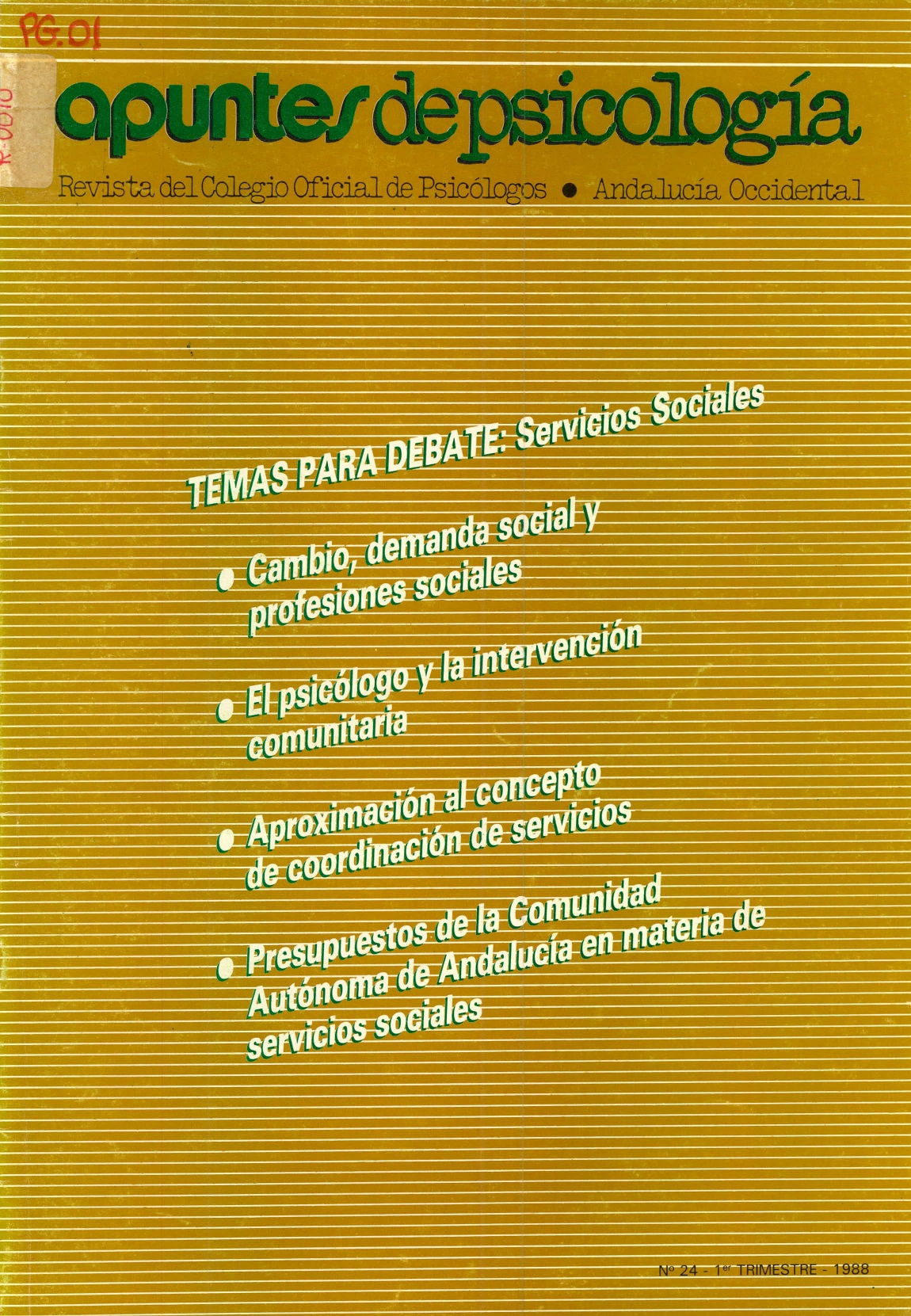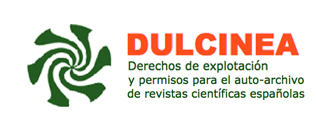Change, social demand and social professions: a challenge for the immediate future
DOI:
https://doi.org/10.55414/yn9pd909Keywords:
.Abstract
It is evident to everyone—although not all are willing to draw the inevitable consequences—that we are living in a time of profound social transformations in which issues once thought to be established and regulated are being reshaped, giving rise to new needs and situations.
Social scientists who have theorized, studied, and analyzed the topic of social change for many years, and who had reached certain certainties, now find ourselves once again astonished by these new situations and facing great difficulty in defining and determining new certainties. This occurs precisely at the moment when the role of the so-called social sciences and professions has become most evident in modern societies, when their scientific contribution is most necessary in analyzing change and its immediate and long-term consequences. These changes occur at the individual level as well as among groups—whether primary or not—communities, ethnic groups, and minorities of all kinds. It also occurs precisely at a time when these social sciences and professions should intervene more clearly and decisively in existing dynamics, dialectics, and contradictions. And this, not from a corporative perspective (defending internal interests), but rather from a genuinely social and political one, contributing solutions, accurate analyses of the situation, and the most realistic diagnoses possible, so that politicians and institutional representatives may base their plans and projects of intervention on more reliable and objective foundations.
Downloads
References
.
Downloads
Published
Issue
Section
License
Copyright (c) 2022 APUNTES DE PSICOLOGÍA

This work is licensed under a Creative Commons Attribution-NonCommercial-NoDerivatives 4.0 International License.


























